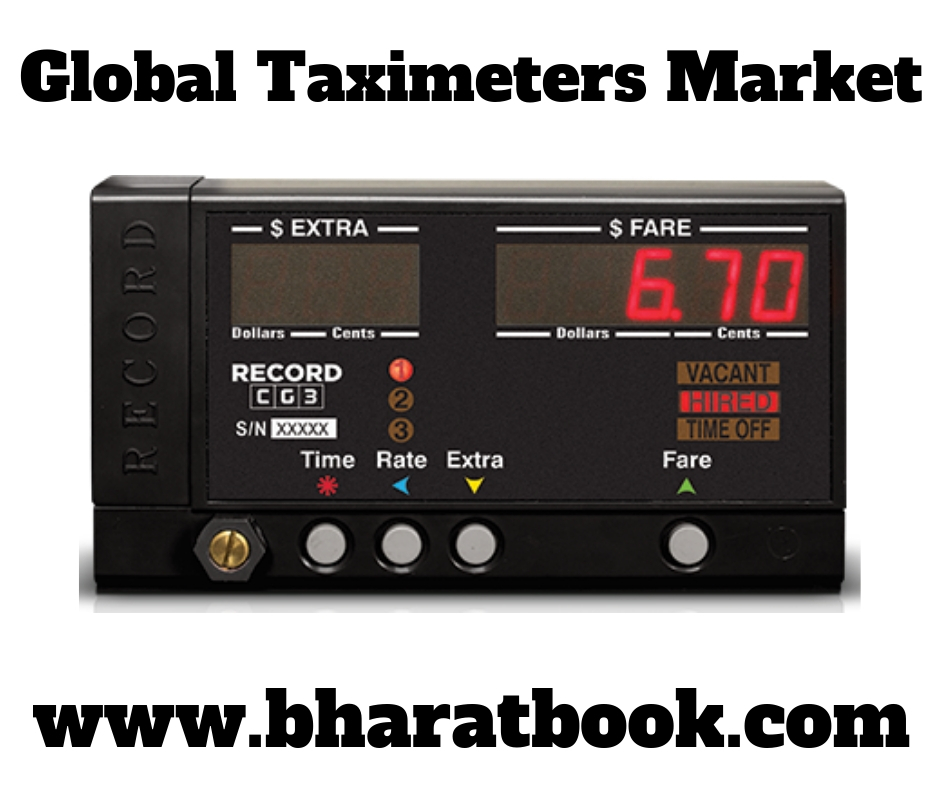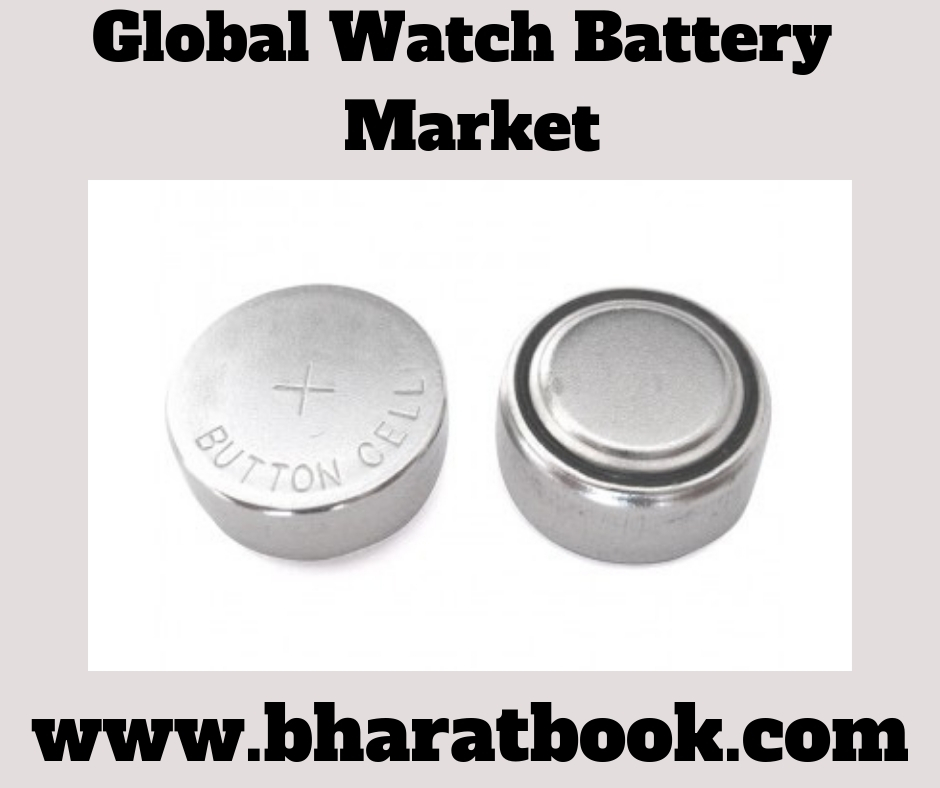microinverters vs optimizers: Going solar involves more than just the solar panels on your roof. After all, this technology is cutting-edge down to your installation’s most effective solar panel micro-inverters.
You can be confident that the equipment you’ll receive when going solar with Solar SME is the highest standard and most capable available. We work that increases every homeowner’s solar system performance, for this reason.
A micro-inverter is a part that attaches to a single solar panel and transforms the DC (direct current) generated by the panel into AC (alternating current), which can be used to power appliances within the home or fed into the grid to earn energy credits. Micro-inverters, in contrast to string inverters, regulate the output of a single panel.
The inverter is similar to the system’s brain in solar power systems. It transforms the direct current (DC) electricity generated by solar panels into alternating current (AC), which can be utilized to power your appliances and entered into the utility system.
Micro-inverters, however, is unique. Each micro-inverter in a micro-inverter solar energy system is paired with a separate panel. Consequently, 24 micro-inverters—one for each panel—would be put in the same 24-panel system.
Advantages of Micro-Inverters
Due to their configuration, micro-inverters differ significantly from string inverters in a few important ways that make up for their greater price.
Power Optimization: We first need a little information about how string inverters operate before we can describe the issue that micro-inverters are designed to tackle. Pairs of panels are connected in series when using a typical string inverter. If there are 8 panels in a string, they are all connected to the same circuit and are therefore subject to the same electrical properties.
If the output of just one panel decreases, the circuit as a whole will also decrease to match the lower output of the underperforming panel. If one panel in a string of 350W panels drops below the 300W output threshold, the entire string is limited to that level. Each panel in the array is separated from the others by micro-inverters. Even if one of the shaded panels is reduced to 300W, the other panels continue to operate normally and output at their 350W capacity.
As a result, micro-inverters enable you to generate more power from the same solar panels. Micro-inverters are a worthy investment in locations where trees or other obstacles will shade your solar panels.
With micro-inverters, each panel is isolated from the rest of the solar array. One shaded panel may drop to 300W, but the rest of the panels remain unaffected and continue to produce at their 350W capacity.
Easy Installation: Standard AC wire, such that is used throughout your home, is used by micro-inverters. Additionally, each unit plugs into the next, making them all plug-and-play devices.
As they use common AC wiring and only require a few seconds to plug in each unit, micro-inverters are very simple to install and connect.
Expandable Design: Micro-inverter systems can effectively be as little or as huge as you want them to be due to their 1-to-1 nature. You can begin with a single panel and micro-inverter combination if you’d like. There won’t be a problem if more panels are added later because none of the existing equipment needs to be relocated or rewired to make room for the addition.
Meets Module-Level Rapid Shutdown Requirements: With micro-inverters, you have more flexibility in how your array is laid up. You may need to build a system to distribute solar panels across several portions of your roof, depending on how your roof is set up. Since each panel’s output is isolated while using micro-inverters, you can disperse the panels in any way you like without worrying about output.
Why Do I Need a Solar Micro Inverter?
You need a way to transmit the power from your solar panels directly to the electrical breaker box in your house, just like with any other solar panel installation. In our opinion, a micro inverter is superior to older string inverters in terms of effectiveness and efficiency.
A typical string inverter has the disadvantage of enabling the solar system to only generate as much electricity as its least productive panel. The others will also collapse if one panel does.
A micro inverter, on the other hand, is set up under each panel in the area between the solar panel and your roof. Your system will be able to use all of the electricity that each solar panel is capable of producing because each solar panel has its micro inverter.
Yes, microinverters work with solar backup batteries that are AC-connected. In the solar sector, AC-coupled batteries are relatively new and offer simple compatibility between solar panel systems and solar battery storage.
This is especially true if your solar panel system was updated, as adding a DC-coupled solar battery could raise installation costs because a DC-coupled system requires more complicated wiring.
When Are Micro-Inverters the Right Choice?
The greatest alternative if you have to design your system in less-than-perfect conditions is micro-inverters. Micro-inverters make sure your system generates as much power as feasible even if some of your panels will be shaded or some of the arrays will face East/West owing to the design of your roof.
Let’s go solar with Solar SME, Inc. and reshape your home energy system with lots of savings. Just give us a call at 214-556-8288 or Request A FREE Quote to help us promoting a Green & Clean Energy Environment.
Originally Published on: https://solarsme.com/string-vs-power-optimizer-vs-micro-inverters/



